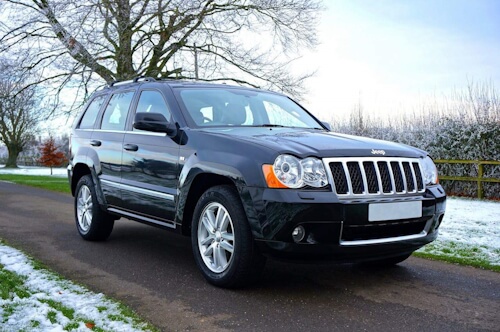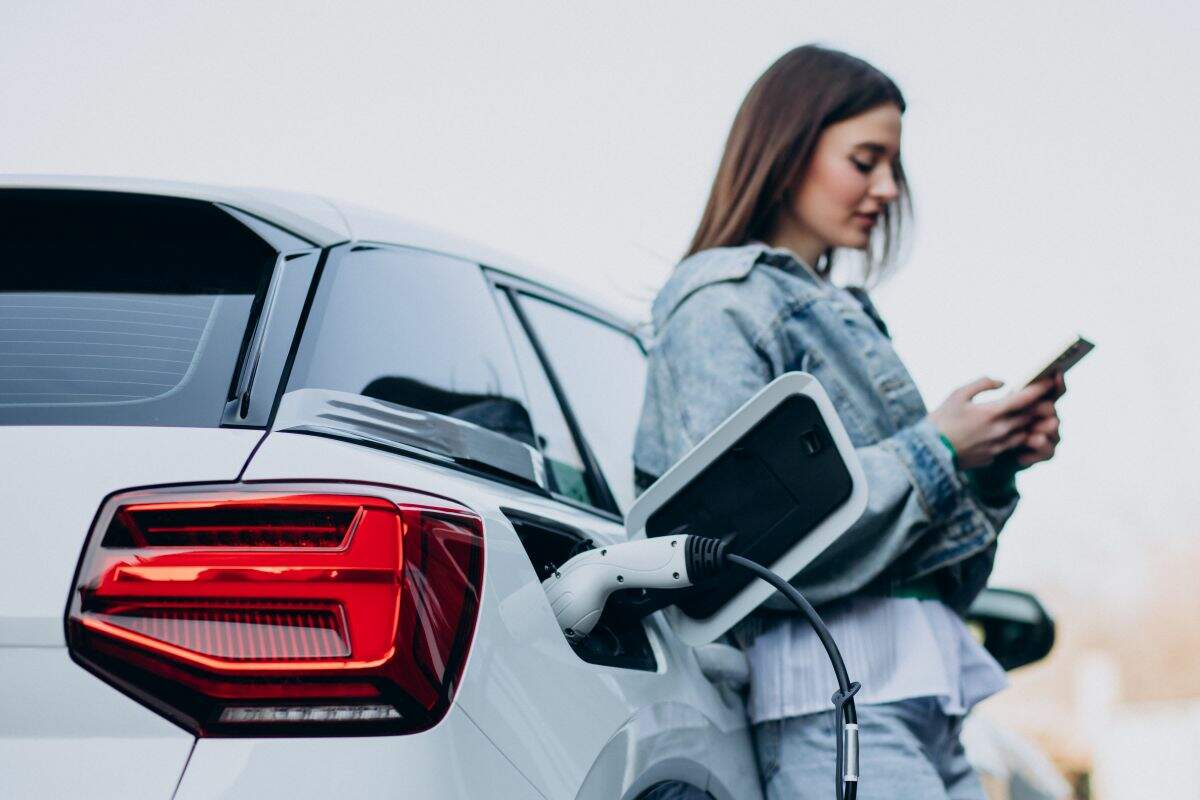Electric vehicles are the future of renewable energy in Australia. But if you’re new to EVs, one of the first things you’ll want to know is simple: How do you charge an electric vehicle?
As Australia moves toward a cleaner and more sustainable future, understanding how to charge an electric vehicle becomes even more important. According to the National Electric Vehicle Strategy, the Australian Government aims to increase electric vehicles on the road in order to reduce emissions and improve the quality of life for all Australians.
That means sooner or later, everyone will have to know how to charge an electric vehicle at public charging stations or at home.
That said, let’s unpack the basics: charging locations, charger types, how long it takes, and how it all works in real life.
What Is an EV Charger and How Does It Work?
An EV charger transfers electricity from the grid (or your solar system) into your car’s battery. It is smarter than a standard power socket as it controls the current flow, keeps tabs on the temperature, and disables when the battery is fully charged. Some smart chargers let you schedule charging, monitor energy use, and even connect with solar or off-peak power.
To learn more about how EVs work, check out What is an Electric Vehicle.
Where Can I Charge My Electric Vehicle?
There are two main places to charge an EV in Australia: at home and at public charging stations.
Public Charging
Australia is expanding its public electric charging stations all around the country. Depending on where you’re located, you can find those stations close to shopping centres, supermarkets and other strategic points around your city.
Most of the standard chargers can be operated through an app or swipe card and most of them allow you to charge within a short time. Others are even free depending on the provider or the location.
EV charger maps like PlugShare or Chargefox are handy for finding the nearest station. You can also check how fast they are, what plug type they use, and if they’re currently available.
Charging an EV at a public station is easy:
- Pull in and plug your car in. Use your own cable or the one at the station.
- Start the charge using the app, tap card, or follow the screen prompts.
- Check it's working, then relax. Grab a coffee or track progress from your phone.
Charging at Home
This is where most EV drivers do the bulk of their charging. You can plug into a regular 10A power point at home, but for faster and safer charging, a dedicated Level 2 EV charger is the better choice. These wall-mounted units are installed by a licensed electrician and can charge your EV overnight.
Installing a home charger is a one-time investment that adds a lot of convenience. If you have solar panels, you can even charge your car using your own generated power.
Charging an EV at home is just as simple:
- Plug the charging cable into your EV and power source.
- Check the connection and charging status.
- Let it charge while you sleep or go about your day.
How Often Do You Have to Charge an Electric Vehicle?
It depends on how much you drive and your EV’s battery range. Let’s say your EV has a 400 km range and you’re only driving 40 km a day. You’ll likely only need to charge every 8 to 10 days. Of course, if you're driving longer distances regularly, you’ll plug in more often.
Many EV owners plug in every night out of habit, like charging a phone. You don’t need to “fill the tank” every time. Just top up when needed.
How Long Does It Take to Fully Charge?
How long it takes to charge an electric vehicle depends on the charger you use and the size of your EV’s battery.
- Standard Power Point (10A) – Slowest option: around 24 hours for a full charge.
- Level 2 Home Charger (7kW) – 6 to 10 hours for most EVs.
- Public DC Fast Charger (50kW) – About 1 to 2 hours to reach 80%.
- Ultra-Fast Charger (150kW and up) – Around 20 to 30 minutes for 80%.
For more details, check out our article on how long it takes to charge an EV.
What Types of EV Chargers Are There?
- Type 1 (J1772): Common on older EVs and some imports
- Type 2 (Mennekes): Standard for most new electric vehicles in Australia
- CCS: Great for fast charging, and is used by many new models
- CHAdeMO: Still used on some Japanese EVs like the Nissan Leaf
Stay Road Ready with Tyrepower
Charging an electric vehicle is easier than most people think. With more charging stations popping up across Australia, it’s becoming more convenient too. Once you get the hang of where to charge and how it works, driving an electric vehicle feels a lot easier.
If you ever need help with EV tyres, or general road safety checks, your local Tyrepower team is here to help. We work with electric vehicles Australia-wide and can make sure your EV is ready for every trip, no matter how you power it.


























